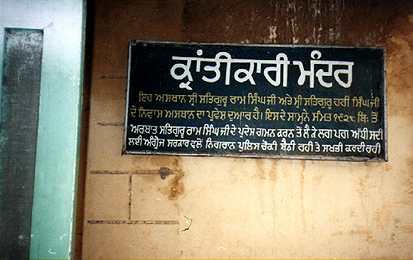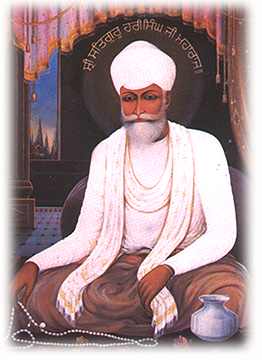
Guru Hari Singh was born in Samvat 1876 (1819 AD - 1906 AD) to Mata Sada Kaur and Baba Jassa Singh. As he was born on a Wednesday (Budhwaar), he was named 'Budh Singh'. Being the younger brother of Satguru Ram Singh, he helped him in many a campaigns and eventually after the exile of Satguru Ram Singh to Burma, Guru Hari Singh kept the torch of the twelfth Guru burning. Satguru Ram Singh always used to keep Budh Singh with him so as to get used to the future difficulties, which he would have to face.
During Guru Hari Singh Ji's time, the British siege of Sri Bhaini Sahib was at its most stringent. No five Namdharis were allowed to group together, and any body going or coming out of Sri Bhaini Sahib had to get special permits from Ludhiana to do so. This was a time of very strong semi captivity for the Namdharis and especially for Guru Hari Singh, as he had to keep the flag of freedom flying and the doctrines of Sikhism embedded in the hearts of the Namdhari Sikhs.
As told previously that Guru Hari Singh was called Baba Budh Singh, but after Guru Ram Singh was exiled to Burma, he wrote from there that he has changed the name of Budh Singh to Hari Singh as Budh Singh has kept the 'plant of Sikhi' green (hari) with his devotion, hence he will be called Guru Hari Singh from now on.
Guru Hari Singh introduced the modified Sikh Ardaas into the community. He also initiated Akhand Paths. He carried on the holy practice in the teeth of opposition from the colonialists. How the Namdharis were sincere to their faith! In silence they suffered; they starved; they bore all insults inflicted by the foreigners and their stooges. Sri Bhaini Sahib was a besieged fortress.
Mata Jeevan Kaur, the pious wife of Guru Hari Singh, was a very revered person with a very generous heart. She had love for all and none went empty-handed from her door. A bleeding person was soothed by her touch. She equally shared the sorrows and worries of the Sikhs. She looked after them more tenderly like her own children. Her lovable nature and service without distinction brought glory and fame to Sri Bhaini Sahib. The village of Sri Jeevan Nagar in district Hissar has been named after this gracious lady. Her sister Mata Fateh Kaur was always alongside her as a second wife of Guru Hari Singh and bore them a great saintly son Maharaj Jung Singh, who was a celibate and a man of immense spiritual powers.
In this time of semi-captivity, the great Satguru Partap Singh Ji was born, who was to change the whole atmosphere of Punjab. Along with him were born two of his noble brothers Maharaj Nihal Singh and Maharaj Gurdial Singh, both of whom were the backbone of the Independence movement in Punjab along with the Congress.
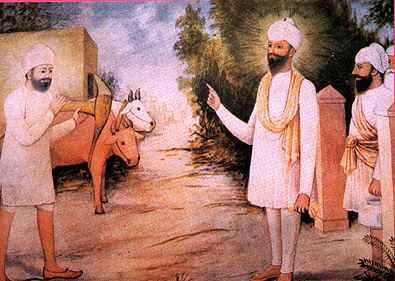
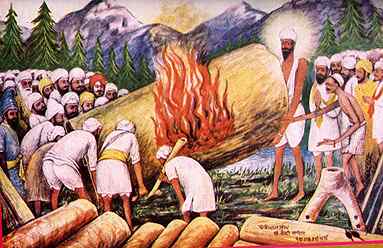
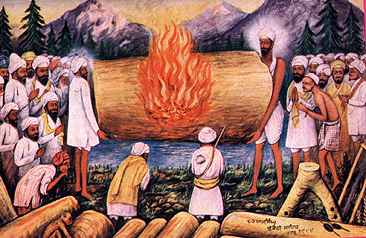
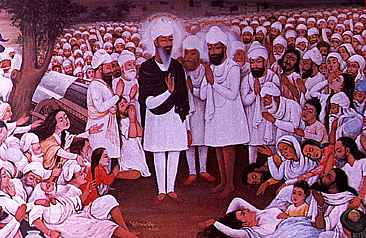
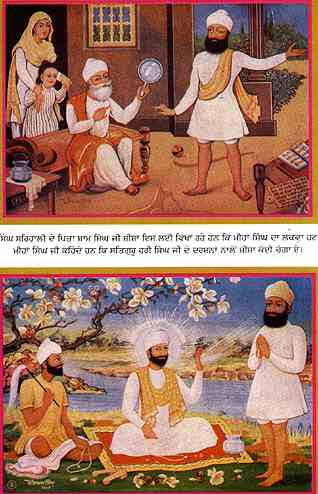
Mihan Singh of Sarhali had paralysis of the face, and his father asked him to look in the mirror so as to cure it, but Mihan Singh was adamant that this mirror was nothing compared to the gaze of his Guru,Satguru Hari Singh.
He went to Satguru Hari Singh and Satguru Ji politely mentioned that he did not see anything wrong with Mihan Singh's face - and Lo' Mihan Singh was cured of his paralysis.
